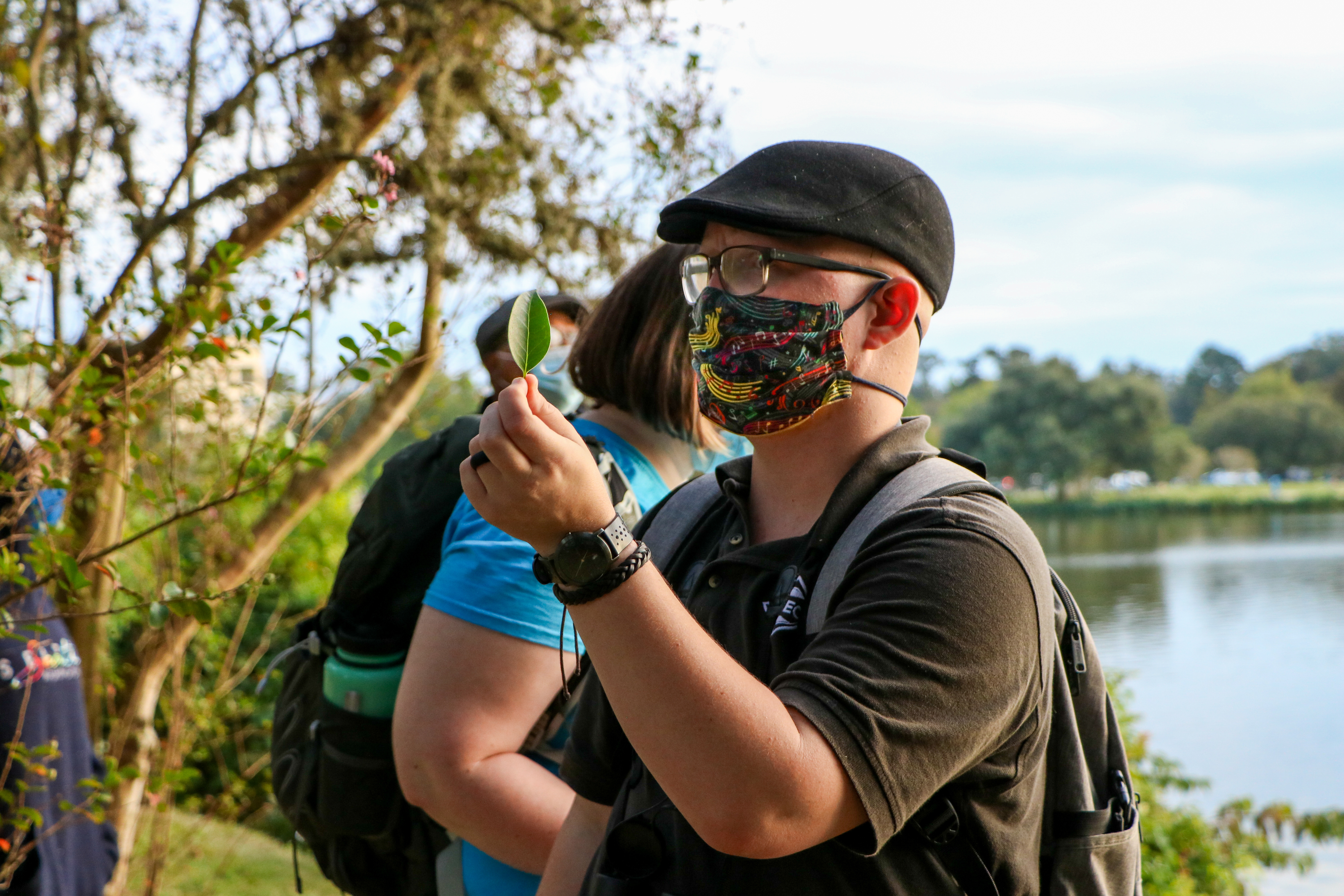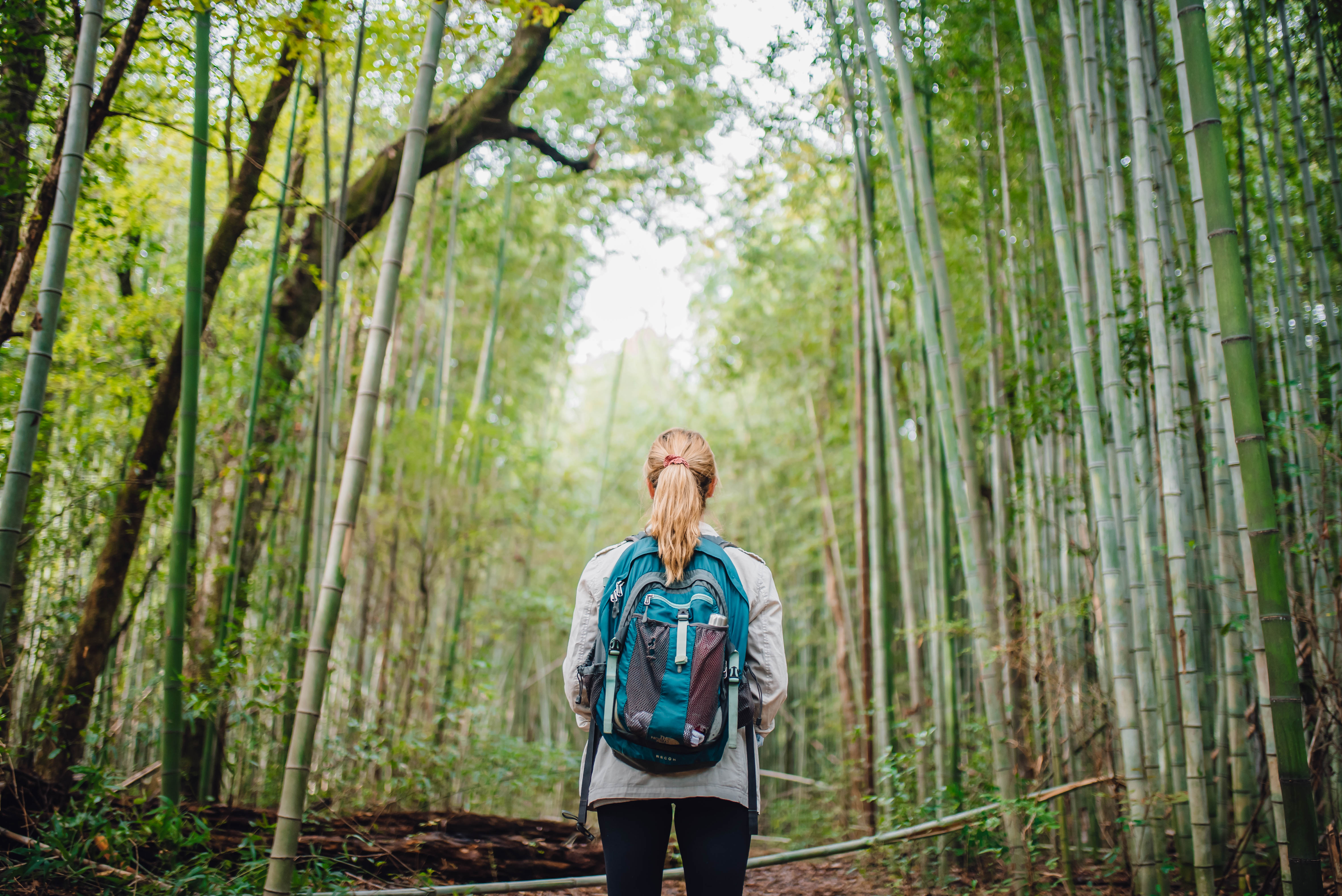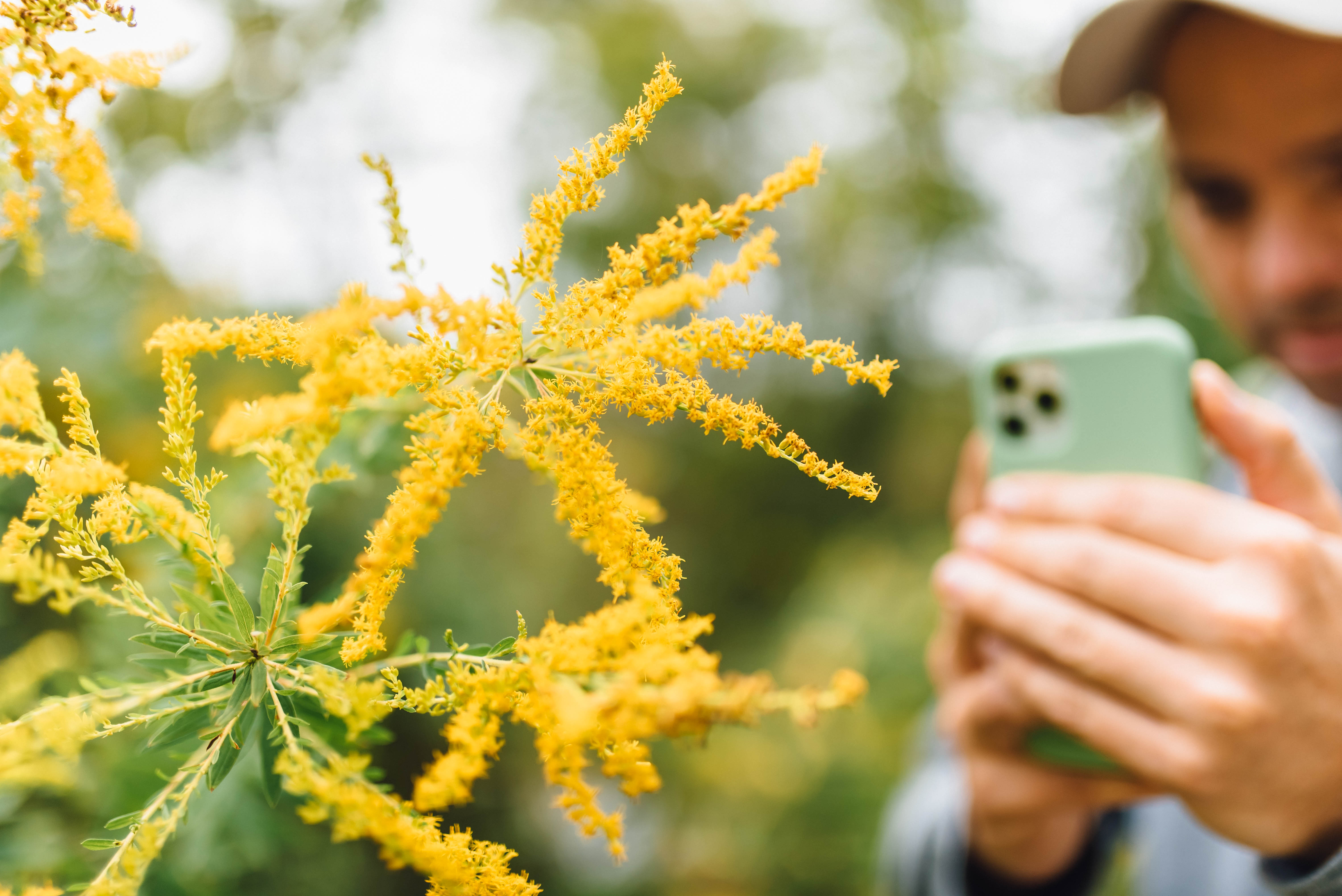News BREC's Guide to Plant IDPlay and Grow Pros: BREC Blog
Article Details
Article Body
Spring is in bloom! Have you noticed all the new plants and flowers growing in your backyard and blossoming in your parks? See a new flower sprout up and wonder what it is? Don’t fret! We’re here to give you a few ways you to start on the path to becoming a plant ID expert so you can identify that pretty purple blossom next time you’re out for a walk in your neighborhood.
1. Sign up for hikes led by naturalists and conservation specialists at BREC
Plant identification is a science and proper science always involves a community effort. So, the best way to get started is introductory learning from professionals in the field. We here at BREC love helping everyone learn more about plant identification and we have a variety of awesome programs for just that purpose.
Urban Nature Hike

Our Urban Nature Hikes are a perfect beginner-level hiking program for those just starting out. You will be led on a leisurely walk through a BREC park, while one of our naturalists helps to identify local plants and share fun facts about the park’s natural areas. Like the name implies, these hikes take place in a more urban setting so if you’re not quite comfortable jumping straight into a program that takes you right into the middle of the forest, this is just right for you.
Conservation Woods Walks / First Saturdays

If you’re looking to step a little more outside the neighborhood box, we recommend checking out one of our Conservation Woods Walks or our First Saturdays at Frenchtown programs. Step off the sidewalk and into the trails as our naturalists lead you on a guided hike through one of BREC’s many conservation areas. At these interactive programs, you’ll get hands on experience identifying local plants and learning about their place in our ecosystem. This is also a perfect opportunity to ask your questions about plants you see but never could name.
Volunteer Projects/Plantings
What’s one of the best ways to learn about plants? Working with them! We hold volunteer projects throughout the year where you can help plant trees, flowers, and other greenery or help us keep the garden clean. By working closely with the pros on our Natural Resource Management Team, you can learn what’s good for our area (native species) and what you should avoid or weed out (invasive species).
2. Download iNaturalist and use it on plants in your backyard
We offer a variety of programs that can get you started on your plant id journey, but if you’re looking for something a little more independent we recommend downloading the iNaturalist app before setting out.
The iNaturalist app is incredibly easy to use and a great way to help local scientists and conservation groups track the biodiversity in our area while also providing you with a science-backed tool for your nature identifications. The first step is downloading the app to your smartphone and creating an account.
iNaturals App Walkthrough
Note: Screenshots are from the iPhone version of the app; the Look will vary for Androids.
 |
 |
| In the app you press “Observe”. | Select “Camera” to take a photo of the plant you are trying to id or select “Photo Library” to load a picture you have taken previously |
 |
 |
| By selecting “What did you see” the app will do its best to identify the plant in the photo. | It will show you the suggestion for what the plant is based on the photo and you can even click on the suggested identifications to see more info or view more photos and help with your identification. |
 |
 |
| If you aren’t sure about your identification, you can select it or you can share it with the iNaturalist community and get ID suggestions from other users – which includes actual scientists! Even if you are sure about your identification, it’s a good idea to still share your observations to help further the knowledge of the biodiversity in your area. You can also get confirmations on your observation and it can be upgraded to “Research Grade”. | Join local projects within your community to help scientists collect research data. |
Now that you know how to use iNaturalist, give a test run by heading out on the trails at one of BREC’s many conservation areas or check the pollinator gardens at one of our parks listed below to start identifying!
3. Participate in a BioBlitz/City Nature Challenge
Are you ready to get involved? For some hands-on experience identifying plants, check out our BioBlitz event on April 21-22. You’ll have the opportunity to work with local naturalists and scientists to identify and document species at Frenchtown Conservation Area. There will be guided hikes and opportunities to meet with local groups and organizations to learn about the flora and fauna of the area. They will even be using iNaturalist to keep track of the project and all observations associated with the program so you can serve as a citizen scientist!
Not able to make it that weekend? No worries! The City Nature Challenge is an international effort to document the nature in your community. Work with participants throughout the city and around the world to document as many local plant species as possible between April 28 to May 1. All you’ll need is the iNaturalist app to start identifying and documenting as many species as possible throughout the week, whether in a local park or in your own backyard.
So what are you waiting for? Get identifying!


